Soul Performance Nutrition is the brainchild of Matthew Karich, a regular contributor to the PricePlow Discord and a guest on Episode #068 of the PricePlow Podcast.
We regard Soul Performance as having one of the most methodical formulation philosophies in the industry. Regular readers of the blog will know why, since we've covered their Velositol-enhanced collagen supplement, Bliss Revitalize Collagen.
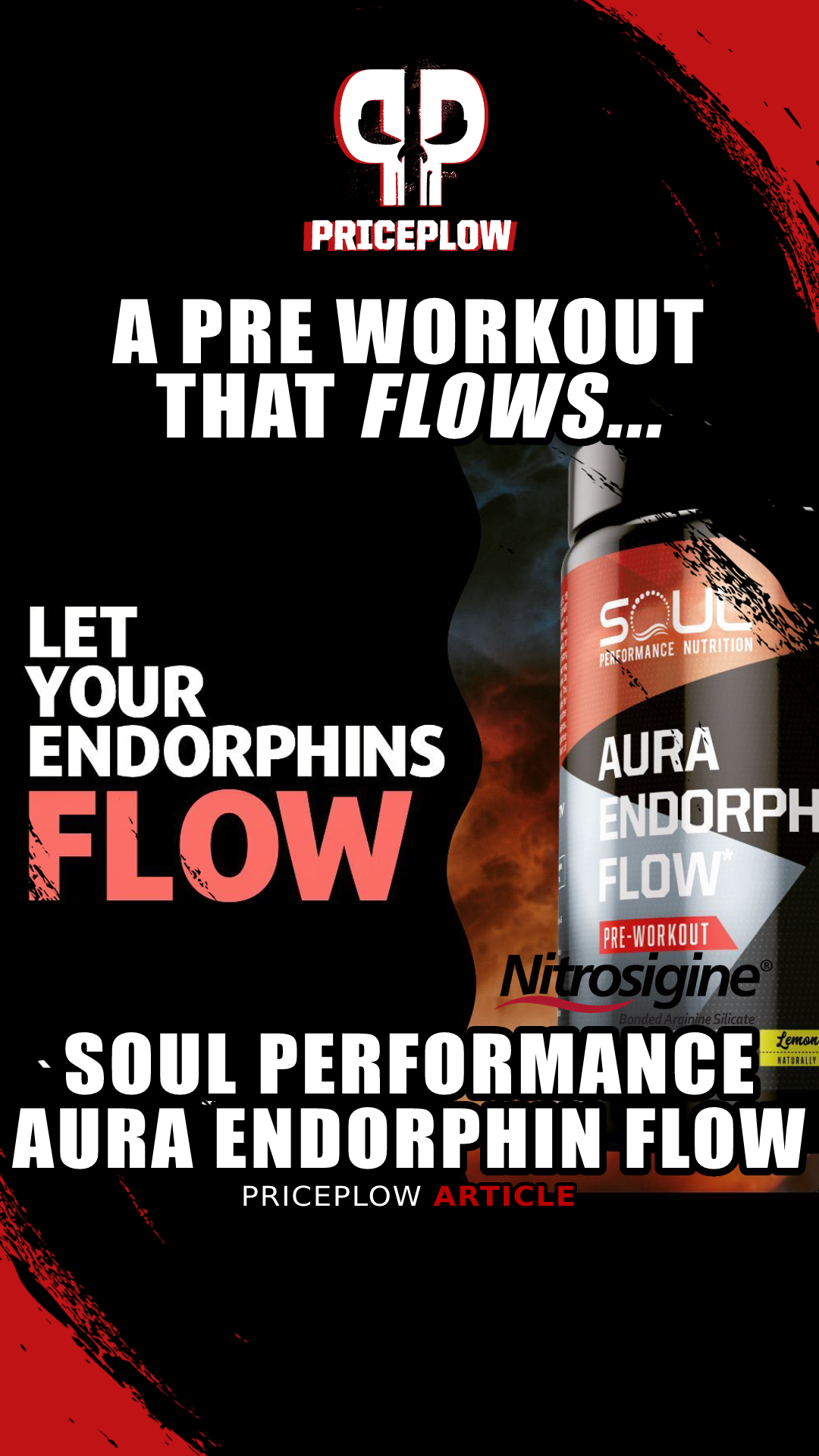
Soul Performance Nutrition Aura Endorphin Flow is a pre-workout that flows, thanks to plenty of electrolytes/osmolytes and nitric oxide boosting Nitrosigine that also supports cognition!
Soul did things differently, initially launching five supplements before coming out with their pre-workout. But it was well worth the wait, because this one's built different:
Introducing Aura Endorphin Flow from Soul Performance Nutrition
Today we'll be talking about Soul's new pre-workout, Aura Endorphin Flow.
As its name suggests, this formula has some excellent nootropic support, which can help you focus and get motivated before your toughest workouts. Even the primary pump ingredient -- Nutrition21's Nitrosigine -- exerts nootropic effects!
To key in on a few important doses so you know where we're headed, Aura has 250 milligrams of caffeine, a clinically-verified 1500 milligrams of Nitrosigine, and 39% sodium next to 11% potassium! The latter is what's extra unique here -- Soul's use of electrolytes to increase both hydration and vasodilation:
Electrolytes With Osmolytes: A Powerful Solute-Driven Pump And Buzz
One topic we frequently write about with modern pre-workout supplements is the use of osmolytes. Veteran supplement consumers will probably notice Aura Endorphin Flow goes heavy on electrolyte support – particularly sodium.
We almost never see pre-workouts using such large doses of sodium, magnesium, and potassium. So the natural question is: Why did Soul Performance Nutrition make this design choice for Aura Endorphin Flow?
We get into it below, but first, check PricePlow's coupon-powered deals and sign up for our pre-workout news alerts so that you don't miss a beat:
Soul Performance Nutrition Aura Endorphin Flow – Deals and Price Drop Alerts
Get Price Alerts
No spam, no scams.
Disclosure: PricePlow relies on pricing from stores with which we have a business relationship. We work hard to keep pricing current, but you may find a better offer.
Posts are sponsored in part by the retailers and/or brands listed on this page.
This area is reserved for Team PricePlow's upcoming Ingredients video.
Subscribe to our channel and sign up for notifications so you catch it when it goes live!
Chasing vasodilation with Nitrosigine and added minerals
Aura Endorphin Flow utilizes two primary ways to increase vasodilation:
- With Nitrosigine (inositol-stabilized arginine silicate) to increase nitric oxide production
- With mineral electrolytes (specifically potassium) to activate potassium channels in the smooth muscle cells that line blood vessel walls
Regarding the first point, Nitrosigine promotes an increase in NO levels in the body, thus promoting vasodilation. This is a phenomenon where your arteries dilate, which allows blood to flow through them more easily.[1] This leads to better circulation, improved delivery of oxygen and nutrients, as well as increased removal of cellular-metabolic waste products like lactic acid.[2]
Ultimately, when training, we want vasodilation - specifically to feed and support activities in our muscles, and Soul Performance Nutrition provides multiple mechanisms to get it. But there's also osmolytes added as well:
Why add osmolytes to a pre-workout?
To understand why this formula is so unique and awesome, we need to spend a bit of time diving into the subject of what osmolytes are, and how osmosis works.

Osmolytes are special solutes preferred by your cells for the purpose of maintaining water volume. When cells take up solutes, water naturally migrates into those cells. Image courtesy of Wikimedia.
An osmolyte is a solute used by cells to maintain water volume.[3] This is a process driven by osmosis: Water migrates from an area of low water potential (low dissolved solute content) to an area of high water potential (high dissolved solute content).
This process happens because the water "wants" to seek an equilibrium on both sides of a semi-permeable membrane (i.e., a membrane that lets water, but not solutes, pass through). Water will move until water pressure is equal on both sides of the membrane.
So when your cells are full of osmolytes, they naturally draw more water.
Your cells' process for maintaining water balance is not an afterthought. It's crucial for maintaining the health and longevity of your cells and, indeed, your entire body. In fact, it's so important that your cell membranes actually have transporters specialized for moving solutes across the membrane – osmolyte transporters.[4]
Synergistic Effects For A MEGA-PUMP
So, we can increase intracellular volume by supplementing with osmolytes like taurine and betaine, which we'll discuss in this article.
But looking at our illustration of osmosis, it's clear that the total amount of water available matters – i.e., the less water there is inside your body, but outside your cells (extracellular fluid volume), means less water is available for supplemental osmolytes to move into your cells.
That's where Matthew Karich got the idea to combine osmolytes with big doses of electrolytes – sodium in particular.
For example, sodium increases extracellular fluid volume – fluid retention is a well-known effect of high sodium intake – so taking a large dose of sodium with osmolytes significantly increases the amount of water your cells have the potential to absorb.
This should, in theory, lead to a massive pump, especially when synergized by the nitric oxide enhancing effects of Nitrosigine. Additionally, there may be increased effectiveness of other water soluble ingredients like caffeine, through direct exposure to your body's cells.[5]
Additionally, there are some mechanistic ways that potassium supports vasodilation, covered in the potassium section below.
We think Soul Performance Nutrition has a tiger by the tail with this concept. Anecdotally, consumer feedback from this formula has been pretty impressive, too. So with that stated, let's get into the label:
Soul Performance Nutrition Aura Endorphin Flow Ingredients
In a single 1-level-scoop (21.3 g) serving of Aura Endorphin Flow from Soul Performance Nutrition, you get the following:
-
Betaine Anhydrous (Trimethylglycine) – 2,500 mg
Betaine or trimethylglycine (TMG) is an ergogenic aid, meaning it helps increase your capacity for physical work – power output, reps, and aerobic capacity are aspects of athletic performance commonly improved by ergogenic aids.
Methyl donor
Probably the most important thing you should know about betaine is it helps increase adenosine triphosphate (ATP) production.[6]
Betaine does this by acting as a methyl donor,[7] which means the betaine molecule transports methyl groups to sites where they're needed for a variety of metabolic processes. As far as methyl donors go, betine is one of the most effective methyl donors known to supplement science.[8]
Methylation is important for keeping homocysteine blood levels in the appropriate range,[9] which is important since homocysteine is a known risk factor for cardiovascular disease (CVD), heart attacks, and strokes.[10]
In other words, betaine's value proposition goes beyond your next workout – it's a good ingredient for maintaining long-term cardiovascular health and athletic performance.
Osmolyte and cellular hydration
Betaine is also an osmolyte, and can increase osmotic pressure around your body's cells. Since osmosis naturally causes water to move from areas of high osmotic pressure to areas of low osmotic pressure, this forces more water into your cells, which leads to a state called cellular hyperhydration.
Extra water brings extra nutrients and fuel, which can fortify your cells against metabolic stress[11,12] and heat shock.[13,14]
Betaine research
A landmark 2013 study showed that 2.5 grams of betaine every day can have profound effects on body mass and strength[12]
These two key mechanisms are largely why betaine can improve:
- Strength[15,16]
- Power[15-17]
- Body composition[12,18]
An especially notable study, published in 2013, showed that daily supplementation with 2,500 milligrams of betaine – the same dose used in Aura Endorphin Flow – can cause over 5 pounds of muscle gain and 6 pounds of fat loss in a 6-week period. That translates to a 3% decrease in body fat.[12,18]
Another study from 2018 found similar results. In this study, collegiate women taking betaine during a resistance-training regimen lost 4 pounds more body fat than the control group.[19]
-
L-Ornithine Alpha-Ketoglutarate – 2,000 mg
Known as OKG, L-Ornithine Alpha-Ketoglutarate (OKG) is combined from two molecules, ornithine and alpha-ketoglutarate.
Ornithine is an amino acid that binds to ammonia, a toxic metabolic waste product that builds up during exercise. Since ammonia causes muscular fatigue and can tank athletic performance as it accumulates,[20] removing it more efficiently through supplements like ornithine can increase athletic endurance.[20,21] Alpha-ketoglutarate is an intermediate in the Krebs cycle, the process that produces energy in our cells.
First, let's look at some benefits of ornithine supplementation:
Ornithine Increases HGH
Ornithine can upregulate human growth hormone (HGH, or simply GH),[22] an anabolic hormone involved in stimulating the growth and reproduction of many types of cells. GH is super useful for building muscle, burning fat, and improving athletic recovery and performance.
Ornithine has been shown to significantly increase GH plasma levels in male weightlifters.[23]
Ornithine Improves sleep quality
When it comes to recovering from exercise and building muscle, nothing is more important than excellent sleep, and it seems ornithine can help us here, too. One study found that ornithine supplementation can significantly decrease stress markers and improve sleep quality – it's particularly good for DHEA-to-cortisol ratios.[24]
The ketoglutarate side of the molecule
Why start with betaine and OKG In an email, Matt Karich of Soul Performance Nutrition noted the following:
The high level of electrolytes were paired with osmolytes like betaine, taurine, and glycine coming from the chelated minerals. Combined with Nitrosigine this was my approach to "performance and pump". Instead of going down the mega dose citrulline route I pulled
in ornithine alpha ketoglutarate.
OKG has some interesting up and downstream conversion effects in the body. Consuming ornithine alongside alpha-ketoglutarate is able to suppress the conversion of ornithine into alpha-ketoglutarate and indirectly promote conversion of ornithine into other metabolites such as arginine. Alpha-ketoglutarate can also be an intermediate in glutamine metabolism that can buffer ammonia independently of the urea cycle via using ammonia to reform glutamine, reinforcing the performance aspect of the formula.
-- Matt Karich, Soul Performance Nutrition
Looking at some research, it's been shown that consuming OKG actually leads to arginine production, while ornithine hydrochloride and AKG did not![25] We'll get deeper into arginine shortly with Nitrosigine.
-
Taurine – 2,000 mg
Taurine is an ingredient that we're increasingly seeing in all kinds of supplements, and that's because it simply works in pretty much any kind of formula. Whether you're looking for ergogenic effects, improved hydration, better mitochondrial efficiency, dopamine upregulation, body fat browning, or improved antioxidant status, taurine is a great supplement to consider.
Taurine’s osmolytic effects
Like betaine, which we discussed above, taurine is an osmolyte[26] capable of inducing cellular hyperhydration by the same mechanism.
Whether induced by betaine or taurine, cellular hyperhydration comes with the same benefits: increased cellular-metabolic efficiency and improved resilience to heat stress.[27]
When taken immediately before exercise, a single 1,000-milligram dose of taurine, only half the dose used in Aura Endorphin Flow, can significantly improve athletic endurance.[28]
Taurine is also a powerful antioxidant[29,30] and can help support calcium signaling in muscle tissue.[31] This optimizes athletic performance and prevents cramping.
The brain benefits of taurine
Taurine imitates a neurotransmitter called gamma-aminobutyric acid (GABA), which has calming and anti-inflammatory effects on neurons[32] by downregulating calcium signaling in the brain. It can also increase mitochondrial biogenesis in your brain, which is beneficial since mitochondria produce all the energy for your cells, including brain cells.[32,33]
Taurine can also upregulate dopamine production and signaling,[34] which can go a long way toward keeping you focused and motivated during your workout.
Taurine promotes the browning of body fat and increases caloric expenditure
The reason most of us work out is to lose fat and build muscle – and, as it turns out, taurine can help with that too.
Taurine can increase your body's proportion of brown adipose tissue (BAT), a type of fat tissue that contains lots of mitochondria.[35] In fact, BAT gets its name because it's so packed with mitochondria, it appears dark brown under a microscope!
Taurine can induce the browning of fat,[36] which is important because brown fat is more mitochondrial-dense and metabolically active!
The extra mitochondria in BAT work around the clock to generate tons of cellular energy, burning calories as heat through a process called non-shivering thermogenesis (NST). In fact, taurine actually converts white adipose tissue (WAT), which is comparatively devoid of mitochondria and doesn't drive NST,[37] into BAT. This can be good for body composition for obvious reasons: the more BAT you have, the more calories you'll burn daily through NST.
Taurine can also selectively inhibit the growth of new WAT cells[38] while promoting the formation of new BAT.
Because the mitochondria in BAT burn glucose and fatty acids, having more BAT can improve blood lipids and blood glucose, thus mitigating some of the harmful effects associated with excess body fat.[39]
Since taurine is conditionally essential, meaning your metabolic requirements go up as you work out harder, intense gym goers can probably stand to benefit from taurine supplementation.[28,32,40]
The dose!
We're stoked to see a 2,000 milligram dose here. The effects of taurine are dose-dependent,[41] so more than the industry standard 1,000 milligrams is definitely better.
-
L-Tyrosine – 2,000 mg
Tyrosine is a great pre-workout addition for three reasons:
Dopamine and adrenaline upregulation
As a catecholamine precursor, tyrosine can help increase your body's production of key neurotransmitters like dopamine, adrenaline, and noradrenaline.[42-44] More of these neurotransmitters can translate into better focus, motivation, and energy – and even faster fat burning.[45]
Alertness
Finally, tyrosine can help promote alertness. Specifically, it's great for mitigating the effects of sleep deprivation. Research conducted by the U.S. military has found that tyrosine is even better at this than caffeine,[36,46] which is obviously saying a lot.
Thyroid support
Tyrosine can also help improve thyroid function, because it's also a precursor to thyroid hormones, including triiodothyronine (T3) and thyroxine (T4).
Since your thyroid is basically the master gland of your whole metabolism, problems with your thyroid can spell disaster for your health and performance. And unfortunately, both dieting and strenuous exercise can downregulate thyroid function by quite a bit in isolation – together, the risk of thyroid issues is even higher.[47-49]
The 2000 milligram dose is also solid - long ago, we were stuck at 500-1000 milligrams. Nowadays, aggressive young brands like Soul Performance Nutrition go a bit bigger.
-
Inositol-stabilized Arginine Silicate (as Nitrosigine) – 1,500 mg
Yes! We have a full 1.5g dose of Nitrosigine for long-lasting pumps, endurance, and even some cognitive-supporting effects!
Nitrosigine is one of the most sophisticated and efficacious nitric oxide (NO) boosting supplements on the market today. It consists of arginine combined with inositol and silica,[39] and is known as inositol-stabilized arginine silicate or ASI in many research papers.
To start, an in-vitro study showed that Nitrosigine has more NO-boosting power than common nitric oxide boosting ingredients like L-arginine, L-arginine AKG, L-citrulline, L-citrulline malate, and agmatine sulfate.[50] With help from the additional components in Nitrosigine, the arginine stays intact as it passes through the stomach and into the intestines, where it gets absorbed into your bloodstream.
As a result, Nitrosigine acts fast and lasts long. It's been shown to increase blood arginine levels as soon as 30 minutes after consumption,[51] with arginine remaining in plasma lasting up to six hours.[52]
Short history of Nitrosigine: from arginine to citrulline to inositol-stabilized arginine silicate
Not only does Nitrosigine boost N.O. levels acutely after consumption, it can keep them elevated for a long period of time, too!
Generic arginine actually used to be the supplement industry's go-to NO booster, since arginine is the chemical precursor to nitric oxide. It can provide benefits in large doses,[53,54] but such large doses can also lead to GI distress.[55] So over time, it fell into disfavor because of its poor oral bioavailability that led to uncomfortably-high dosing.[56-58]
That's the problem Nitrosigine was developed to solve: Nutrition21 basically set out to build a better arginine -- with better effects at smaller doses -- and they knocked it out of the park. Not only has Nitrosigine beat generic arginine, it's now gradually replacing citrulline,[59] an arginine precursor amino acid[30] that served as generic arginine's replacement in the interim.
The issue with citrulline is you need big doses for the desired effect[31,34] while Nitrosigine is much more economical, and can achieve very similar (if not slightly better) results at much smaller doses![59]
Nitrosigine studies
To give you an idea of what we mean about citrulline vs. Nitrosigine, let's start by pointing out that one study found a 1,500 milligram dose of Nitrosigine – the same dose used in Aura Endorphin Flow – can increase arterial blood flow as measured by flow-mediated dilation by an impressive 31%. It took 8 grams of citrulline malate to get roughly the same effect![59]
Nootropic
A nitric oxide booster that improves cognition?! Yes - Nutrition21 passed around this helpful infographic after the Nitrosigine cognition study on healthy young adults was published.[38]
Although boosting NO is typically discussed in the context of athletic performance, it can have nootropic benefits as well. This makes good sense – your brain needs blood, nutrients, and waste removal no less than the rest of your body. In fact, your brain actually needs it more.
Even compared to other NO boosters, Nitrosigine appears to be especially good at improving cognitive performance.
For example, exhaustive exercise usually causes a temporary and slight, but noticeable, decline in cognitive performance. And, according to one study, Nitrosigine can prevent this decline from taking place.[37,60] In fact, cognitive effects may begin as quickly as 15 minutes after ingestion.[37]
Other studies have found that Nitrosigine can still improve cognition, even when subjects haven't recently exercised. One study in healthy young men found that Nitrosigine can improve multitasking,[35] and another found it can improve performance on a memory test.[38]
Lighter and enabling unique flavor profiles
Finally, we're also finding that supplements utilizing Nitrosigine are lighter (both to ship but also on the gut) and offer more unique flavor options. Avoiding citrulline allows brands to avoid the flavor systems that citrulline pigeonholes them into. And if you know one thing about Soul Performance Nutrition, it's that they have some very unique and natural flavorings.
If you're interested in a more in-depth analysis of this innovative ingredient, check out PricePlow's article, Nitrosigine: The Nitric Oxide Booster That Enhances Brain Function.
-
Yerba santa (Eriodictyon Californicum) [Aerial Parts] Extract (as SantEnergy Nu) – 400 mg
SantEnergy is a trademarked yerba santa extract. This is a shrub native to California, Oregon, and northern Mexico that has been used for thousands of years by indigenous peoples of these regions to facilitate deep breathing and help reduce symptoms of respiratory inflammation.[61]
Scientific research has borne out their traditional wisdom, and has found it can help relieve bronchial congestion, asthma, and hayfever.[62] Most people who take yerba santa can feel their breathing get significantly easier, thus making challenging workouts easier to deal with.
Yerba santa can possibly help body composition, too, as it increases calorie burn[63] by upregulating thermogenesis.[64]
-
Alpha-GPC (L-Alpha-Glycerylphosphorylcholine 50%) – 300 mg
The first of two choline-based ingredients, Alpha-GPC is an especially bioavailable form of the B vitamin that the body uses to build and maintain the phospholipid bilayer membranes that enclose the contents of all your cells.[65] It's also needed for your cells to communicate with each other.[66]
One last Nitrosigine image -- inositol-stabilized arginie silicate is research-backed and "gym backed" -- Image courtesy Nutrition21
Choline is a precursor to acetylcholine, a neurotransmitter that's crucial for learning and memory.[67] We often refer to acetylcholine as "the learning neurotransmitter" because of how important it is for cognition. Choline supplements can increase acetylcholine production, leading, in turn, to boosts in cognitive function.[68,69]
Choline is also an important methyl donor, just like betaine, and can similarly help keep homocysteine under control.[70]
Alpha-GPC is our preferred form of choline, thanks to the fact it easily crosses the blood-brain barrier[71] and is more bioavailable than generic choline.
-
Citicoline Sodium (Cytidine 5'-Diphosphocholine) – 250 mg
Citicoline is another form of choline, good for improving some specific dimensions of cognitive performance, including focus, attention, and mental energy.[72,73]
It consists of choline and uridine, which synergistically improves circulation in the brain and upregulates neuronal mitochondrial function.[74,75]
It also upregulates dopamine, which is why we call this the feel-good form of choline.[76]
-
Natural Caffeine (from Coffee (Coffee arabica) Bean) – 250 mg
Caffeine is a methylxanthine stimulant capable of crossing the blood-brain barrier. Its high bioavailability in the central nervous system makes it a powerful tool for improving mood, focus, energy, and even athletic performance.[77]
Caffeine helps us stay awake and alert by antagonizing adenosine, a nucleotide that accumulates in your brain during your waking state, thus producing mental fatigue.[78] That means a hefty dose of caffeine can help you get through your toughest workouts, even when you didn't get quite enough sleep the night before.
What's less well-known is that caffeine increases cellular metabolism as well. It does this by inhibiting phosphodiesterase, an enzyme responsible for breaking down cyclic adenosine monophosphate (cAMP). This naturally raises cAMP levels, and since cAMP tells your cells to burn calories for energy, this revs up your whole-body metabolism.[79-81]
Caffeine is especially good at burning fat. Animal studies on caffeine have found it can increase fat burning by an impressive 50%.[82]
Thanks mostly to its effects on cellular metabolism, caffeine can improve several aspects of athletic performance, including strength, speed, and endurance.[83] It's one of the cheapest no-brainer ergogenic aids there is. It can also improve attentiveness, alertness, reaction time, and working memory,[84-86] as many of us can attest.
250 milligrams is a perfect dose for Soul Performance Nutrition - not overwhelming, but not weak.
Matt Karich chimes in on the energy blend:
Here's what Matt had to say about this energy blend:
Onto the energy side I had a very specific strategy I am curious for your feedback on. I spoke very early on with NNB about paraxanthine before MuscleTech licensed it. So my intention was to recreate the sensation with standard caffeine because I couldn't access it. This is where Natural caffeine, Senactiv, Alpha-GPC, citicoline, SantEnergy, and tyrosine were brought together. This again plays off of the electrolytes and osmolytes and provides in my opinion a very linear and cognitive increase in energy that doesn't have the same attributes
anecdotally as a standard caffeine source. Think I came close?
-- Matt Karich, Soul Performance Nutrition
Absolutely, Matt!
-
Senactiv (from Panax notoginseng [Root] and Rosa roxburghii [Fruit]) Extracts – 50 mg
The reviews -- most of which came from the PricePlow Discord -- are in, and they're spectacular!
Senactiv is a patented[87] extract of ginseng and chestnut rose developed by NuLiv Science.
It's a senolytic agent, meaning it can selectively induce apoptosis of senescent cells.[88-93] This comes with a number of benefits for health and performance, because senescent cells are metabolic dead weight, wasting metabolic resources, at best, and obstructing the proper function of organs and tissues, at worst.
In one randomized, double-blind, placebo-controlled study, the ginseng-derived bioactive constituent of Senactiv was shown to prevent excessive muscle damage and inflammation in response to exercise, as well as speeding up glycogen replenishment.[94]
It also had a beneficial effect on endurance: time to exhaustion during a cycling test increased by 20%.[94]
-
AstraGin (from Astragalus membranaceus [Root] and Panax notoginseng [Root]) Extracts – 50 mg
AstraGin is another patented extract from NuLiv Science.
Soul Performance is out with a new beauty and wellness collagen product named Bliss Revitalize Collagen backed with Velositol.
This one combines bioactive constituents from astragalus and ginseng to improve nutrient bioavailability. It works by upregulating certain transporter proteins in the small intestine, leading to improved uptake of nutrients like amino acids, creatine, and omega-3 fatty acids.
Other research indicates that one component in AstraGin can reduce gut inflammation and strengthen intestinal tissue.[95]
-
Magnesium (from Magnesium Bisglycinate chelate (TRAACS)) – 80 mg (19% DV)
It's great to see a sizable dose of the electrolyte mineral magnesium in Aura Endorphin Flow, and it brings us into the core concept of the formula: synergistic effects between electrolytes and osmolytes.
Magnesium is an especially important electrolyte to include because, unfortunately, the magnesium content of American food has been gradually declining for at least a century.
Peer-reviewed research shows that supplementation to correct even a mild magnesium deficiency can improve:
- Blood pressure[96-99]
- HbA1c and blood glucose[96,100,101]
- Insulin production[96,100,102]
- Insulin sensitivity[96,100,101,103]
- Type 2 diabetes risk[104-106]
- Bone mineral density[107]
- PMS symptoms[108-111]
- Lactic acid disposal[112]
- Muscle gains[113]
- C-reactive protein level and effects[113,114]
- Systemic inflammation[113-115]
- Exercise-induced muscle damage[116]
- Migraine symptoms and frequency[117-119]
-
Sodium (from Sodium Chloride, Sodium Citrate, and Di-Sodium Phosphate) – 900 mg (39% DV)
Now we get to the mack daddy of Aura Endorphin Flow: the massive sodium dose.
This may be the most sodium we've ever seen in a pre-workout. We've seen 1-gram doses of salt before, but salt is only half sodium! Here we nearly have an entire gram of pure sodium.
First, let's get back to our quote from Matt Karich, where he talks about some of the effects from his single-blinded beta-tests:
The high levels of sodium in the formula are intended to expand blood volume by retaining fluids in the circulatory system and preventing a drop in blood pressure. By leveraging this I could take advantage of some of the huge increases in performance that sodium can yield when used properly and in my opinion change the perception of how stimulants feel.
This was tested in the PricePlow Discord through a beta test. Testers had two samples, same exact ingredients in both formulas. The first sample had very low electrolytes, including 50mg yield of sodium. The second is the formula as released, 900mg sodium yield with supporting ingredients. Universally all testers said the formula was more intense and aggressive despite all the other ingredients besides electrolytes remaining the same. This plays off of the vasodilatation ingredients mentioned earlier.
-- Matt Karich, Soul Performance Nutrition
Now that you have Matt's angle, let's dig into the background information and find some research.
Given the negative press about sodium, it's understandable that you may regard this dose with apprehension. But as we'll demonstrate, there's not necessarily any cause for concern. In fact, high-dose sodium can be a boon for health under certain circumstances.
That being said, the following discussion is not medical advice. Before modifying your sodium intake, you should talk to your doctor. It's still possible to get too much sodium, depending on your age, health, and other sources of sodium intake.
Why so much sodium?
Yes, like Soul's other products, Aura Endorphin Flow is BSCG-Certified, meaning it's tested to be free of banned substances!
The first reason is that sodium is the main electrolyte mineral lost in sweat. You can expect to lose approximately 0.9 grams of sodium per liter of sweat, with the next biggest loss being potassium at only 0.2 grams per liter.[120]
Put another way, we lose four times as much sodium in sweat as we do potassium,[120] and we lose even less of the other electrolytes. So if you're going to break a sweat, sodium in your pre-workout is probably a good idea.
Sodium depletion can impair performance and recovery as the mineral is needed for muscle contractions.[121] Muscles that are sodium-deprived won't function at their peak.[122] In extreme cases, sodium deficiency can be life-threatening.[123] This may not be a concern for indoor workouts, but if you're outside in the heat, it can become a big deal faster than you think.
What constitutes sodium excess?
Now that we've talked a bit about what happens if your sodium intake is low, let's talk about what happens when you get too much and, more to the point, how much sodium is too much.
The long-standing official sodium intake recommendation is for Americans to consume 2,300 milligrams or less, per day. However, recent research has raised important questions, and even suggests we may need more sodium than this for optimal health.
Ironically, the negative consequences of insufficient sodium intake closely resemble those of excessive sodium intake. As Thomas Remer points out in his article, "High salt intake: Detrimental not only for blood pressure, but also for bone health":
"[C]urrent evidence from prospective cohort studies suggests a J-shaped association between sodium intake and cardiovascular events, based on studies from >300 000 people, and suggests that the lowest risk of cardiovascular events and death occurs in populations consuming an average sodium intake range (3-5 g/d). The increased risk of cardiovascular events associated with higher sodium intake (>5 g/d) is most prominent in those with hypertension."[9]
The data cited in this article shows that, statistically, adverse health outcomes from sodium consumption do not appear until sodium intake exceeds 5,000 milligrams per day. The keyword is statistically, as individual cases vary.
Can you get too little sodium?
The same data shows that similar adverse effects appear when sodium intake is less than 3,000 milligrams per day. Note that the 2,300-milligram recommendation is below this threshold.
For example, a 2011 study published by the Journal of American Medicine, which included over 28,000 participants, found urinary sodium intakes under 3,000 milligrams a day increased subjects' average risk of being hospitalized for congestive heart failure.[124] The same study found no increased risk of cardiovascular disease from intakes up to 7,000 milligrams of sodium per day.[125]
Meet Matt Karich, an engineer who's putting his talents to use in the dietary supplement industry, with refreshingly unique, third-party tested formulas. We discuss this and more in PricePlow Podcast #068.
Another study from the same year, a meta-analysis, looked at data from seven different studies and found that sodium restriction actually increased overall mortality in heart disease patients.[126]
Again, individual circumstances vary! Studies going all the way back to 1987 have found that for any given patient, eating more sodium is about as likely to decrease blood pressure as it was to increase it. Interestingly, most participants saw no change in blood pressure at all.[127] Other research has found that patients who get randomized to a low-sodium diet have a 25% lower risk of heart attack or stroke.[128]
You may or may not be able to tolerate sodium intakes this high, and if you're not sure, talk to your doctor.
But, all of this is to say a 900-milligram dose of sodium is likely quite a positive thing for your training!
The Aura Endorphin Flow sodium angle – fluid retention for massive pumps!
What we've discussed so far is well and good, but it's not the main reason that we have such a big dose of sodium in Aura Endorphin Flow. The main reason is that sodium upregulates an anti-diuretic hormone called vasopressin. It promotes fluid retention across the body by decreasing the amount of water that kidneys eliminate during their normal filtration process.[129]
Ultimately, a higher sodium intake leads to increased extracellular fluid volume[130] And, again, this means that the osmotic equilibrium across your cells' membranes will permit a higher volume of water inside your cells!
Pumps are also driven by blood and, as it turns out, sodium increases blood volume as well.[131]
So you can see why we might think of sodium as the ultimate pump ingredient – we're glad to see Soul Performance trying this angle. It's an exciting development in pre-workout formulation.
-
Potassium (from Potassium Glycinate Complex and Potassium Chloride) – 500 mg (11% DV)
Soul Performance wasn't content to rest on their laurels with the big sodium dose, though – they've also included a big dose of potassium.
Potassium is a shortfall nutrient for Americans
This incredibly important electrolyte mineral is not consumed in adequate amounts by most Americans. As Connie Weaver points out in her article. "Potassium and Health".[132] –
"Until recently, humans consumed a diet high in potassium. However, with the increasing consumption of processed food, which has potassium removed, combined with a reduction in the consumption of fruits and vegetables, there has been a large decrease in potassium intake..."[133]
Or, as Adam Drewnowski puts it in his article "Reducing the Sodium-Potassium Ratio in the US Diet: A Challenge for Public Health":
"Adult Americans consume too much sodium and not enough potassium."[134]
HIstorically, human beings have consumed way more potassium than sodium, but that is sadly no longer true.[132,135] Unless you're eating tons of fruits and vegetables, you're probably somewhat potassium deficient.[136]
So how can we get more potassium? This raises an interesting issue: it's practically impossible to get enough potassium while staying under 2,300 milligrams of sodium per day. There's even a peer-reviewed study on this specific topic, titled "Food pattern modeling shows that the 2010 Dietary Guidelines for sodium and potassium cannot be met simultaneously,"[137] which really says it all.
Why we want more potassium: sodium to potassium ratios
Potassium is typically studied for its cardiovascular benefits.[132] The absolute amount is not all that matters – your ratio of sodium to potassium intake is arguably more important, as many studies have found that high potassium intake relative to sodium is associated with lower blood pressure and decreased risk of cardiovascular disease.[136,138]
This sodium-potassium interplay is centrally implicated in the onset of hypertension,[139] and several studies have conversely shown a low intake of potassium relative to sodium is associated with a higher risk of high blood pressure cardiovascular disease.[140-144] So one strategy for optimal cardiovascular health might be to increase potassium intake rather than decrease sodium intake.[140-144]
Potassium can also help bones, as it improves calcium retention.[145,146]
Potassium can help drive vasodilation
The sodium-potassium ratio is also important for endothelial cell hyperpolarization, one of the key mechanisms behind vasodilation![139,147,148] A key mechanism is through the activation of potassium channels in the smooth muscle cells that line the walls of blood vessels.
A flow chart of how the modern western diet negatively affects sodium/potassium interaction, leading to poor health consequences.[139]
When these channels are activated, potassium ions get released from the smooth muscle cells into the extracellular space. This results in the hyperpolarization of the smooth muscle cell membrane, which makes it more difficult for the cell to contract. As a result, the smooth muscle cells relax, causing the blood vessel to dilate (widen).
Potassium also helps to counteract the effects of sodium on blood vessel tone. Sodium can cause the smooth muscle cells to contract, leading to vasoconstriction or narrowing of blood vessels. Potassium, on the other hand, helps provide balance against this, reducing blood flow constriction and promoting vasodilation.
What a unique formula!
Flavors Available
Note that, once again, Soul Performance goes with natural flavoring only, using real lemon and lime components to make it happen!
Nitrosigine and Potassium for Nitric Oxide, Nootropics Galore, and Excellent Energy
Aura Endorphin Flow is a potent pre-workout that lives up to its name. With a clinically-backed dose of Nitrosigine as the nitric oxide anchor followed by big doses of tyrosine, taurine, choline, and caffeine, this is definitely a nootropic-focused formula that's sure to get you feeling awesome in the gym.
But the high amounts of electrolytes are what really separate this from the pack - and Matt's beta testing in the PricePlow Discord tells a very interesting tale!
We love seeing formulas that are different - not the same old citrulline and beta-alanine based formulas. Soul Performance Nutrition did that here in spades, and it's paying off for their customers who love the minerals.
Soul Performance Nutrition Aura Endorphin Flow – Deals and Price Drop Alerts
Get Price Alerts
No spam, no scams.
Disclosure: PricePlow relies on pricing from stores with which we have a business relationship. We work hard to keep pricing current, but you may find a better offer.
Posts are sponsored in part by the retailers and/or brands listed on this page.
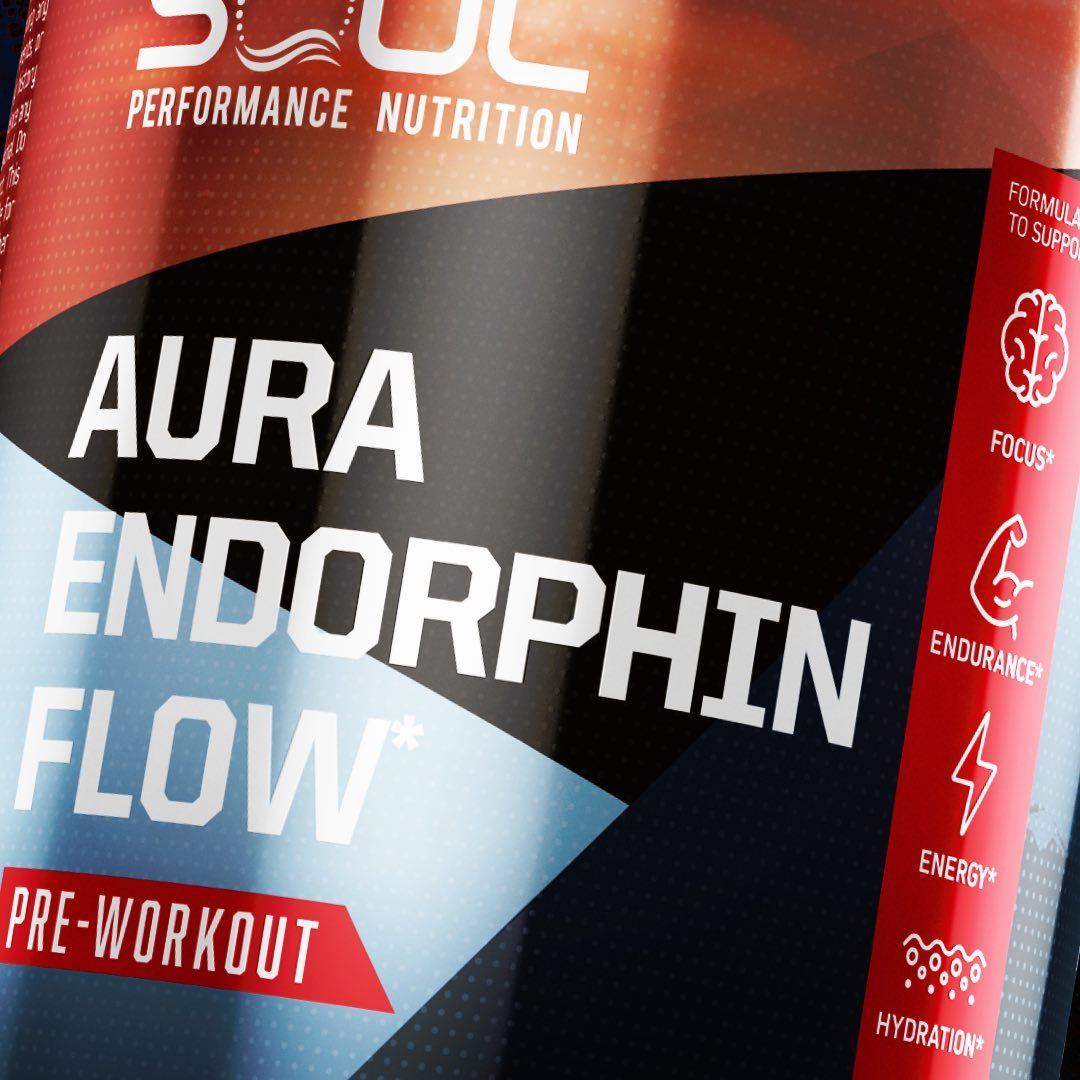
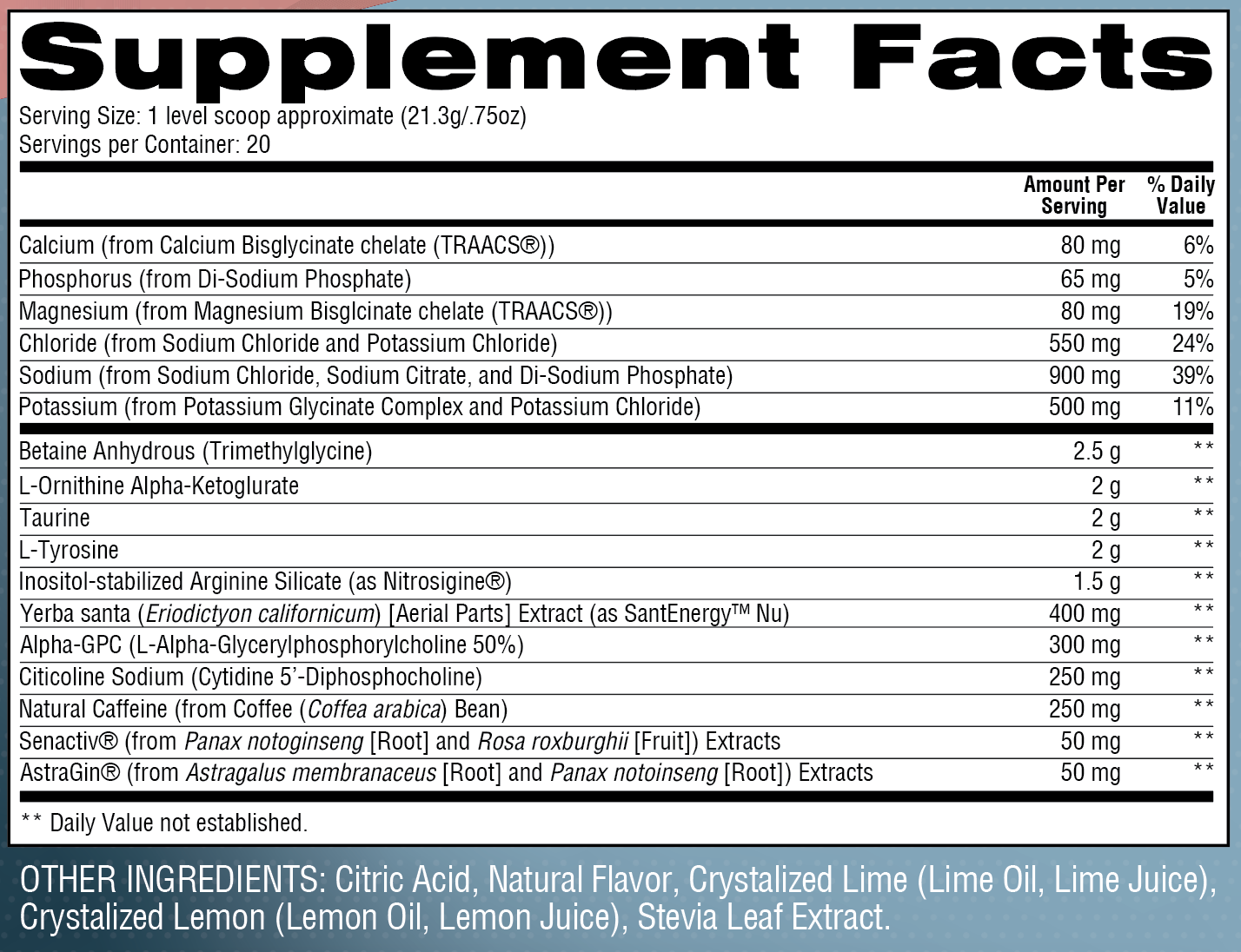


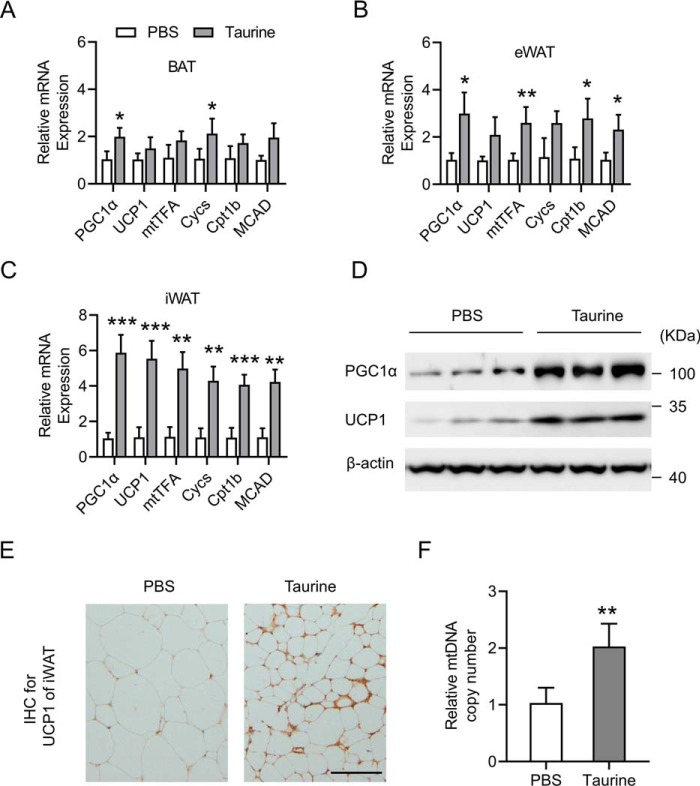
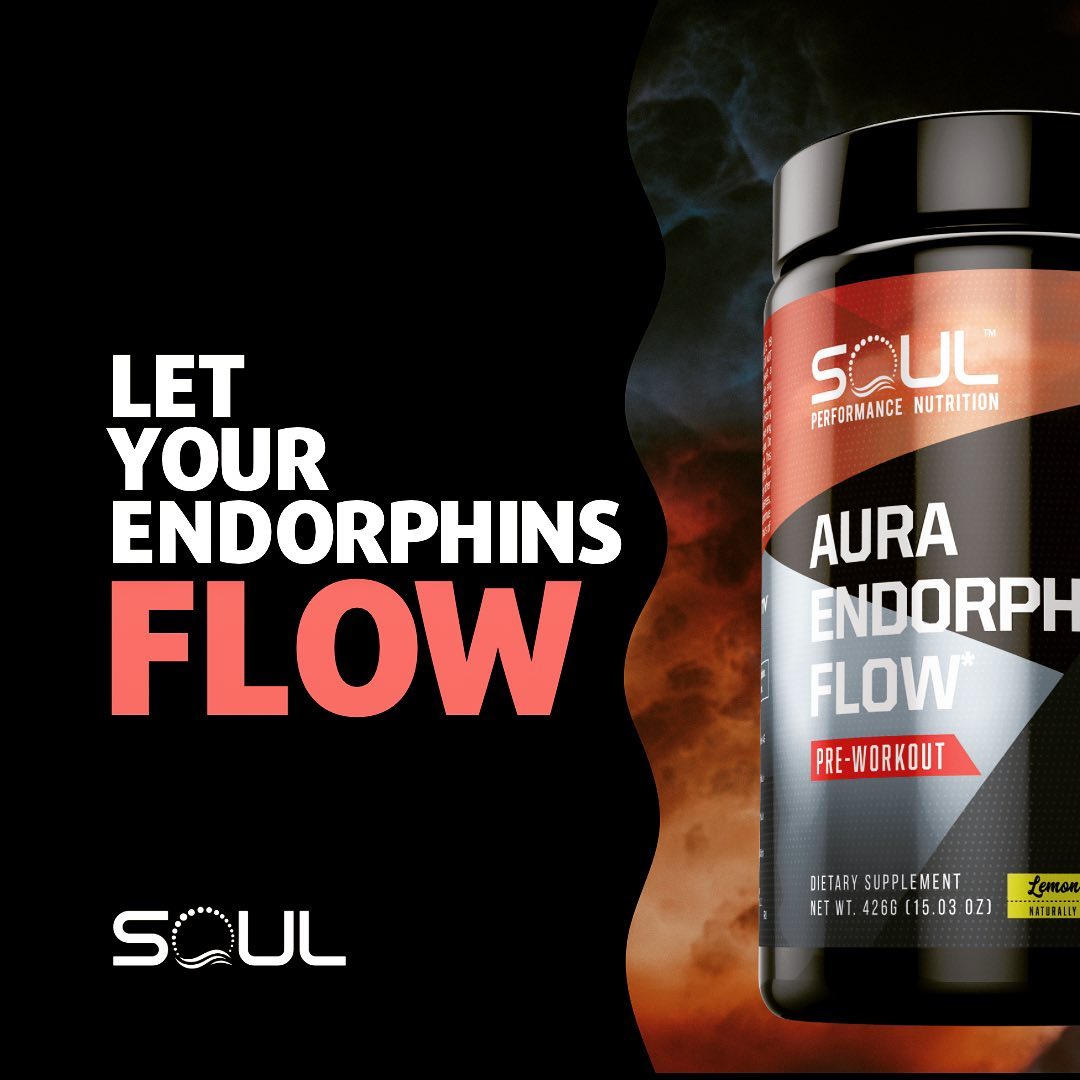
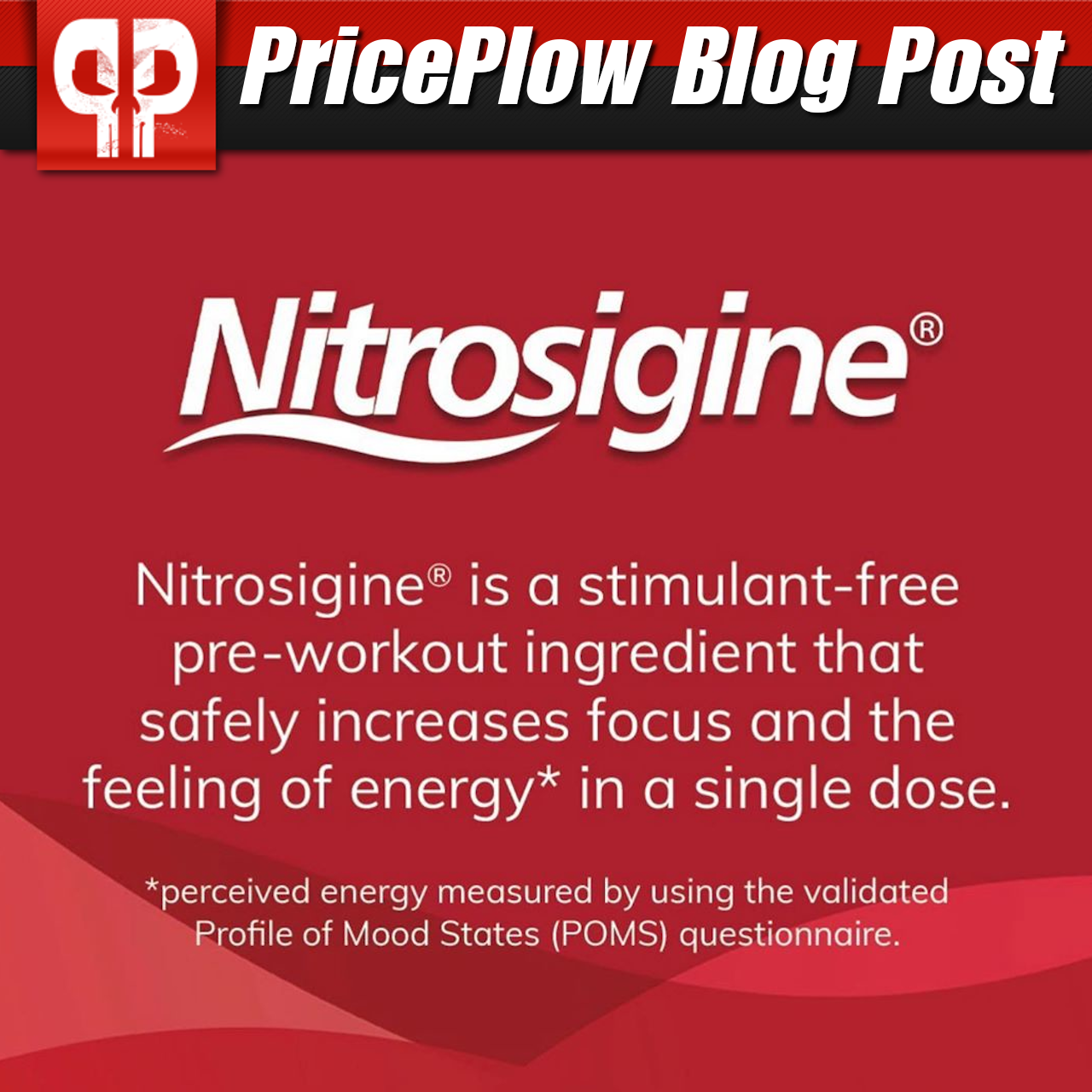
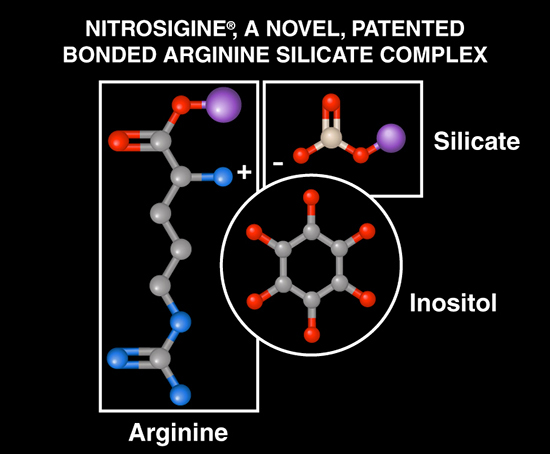
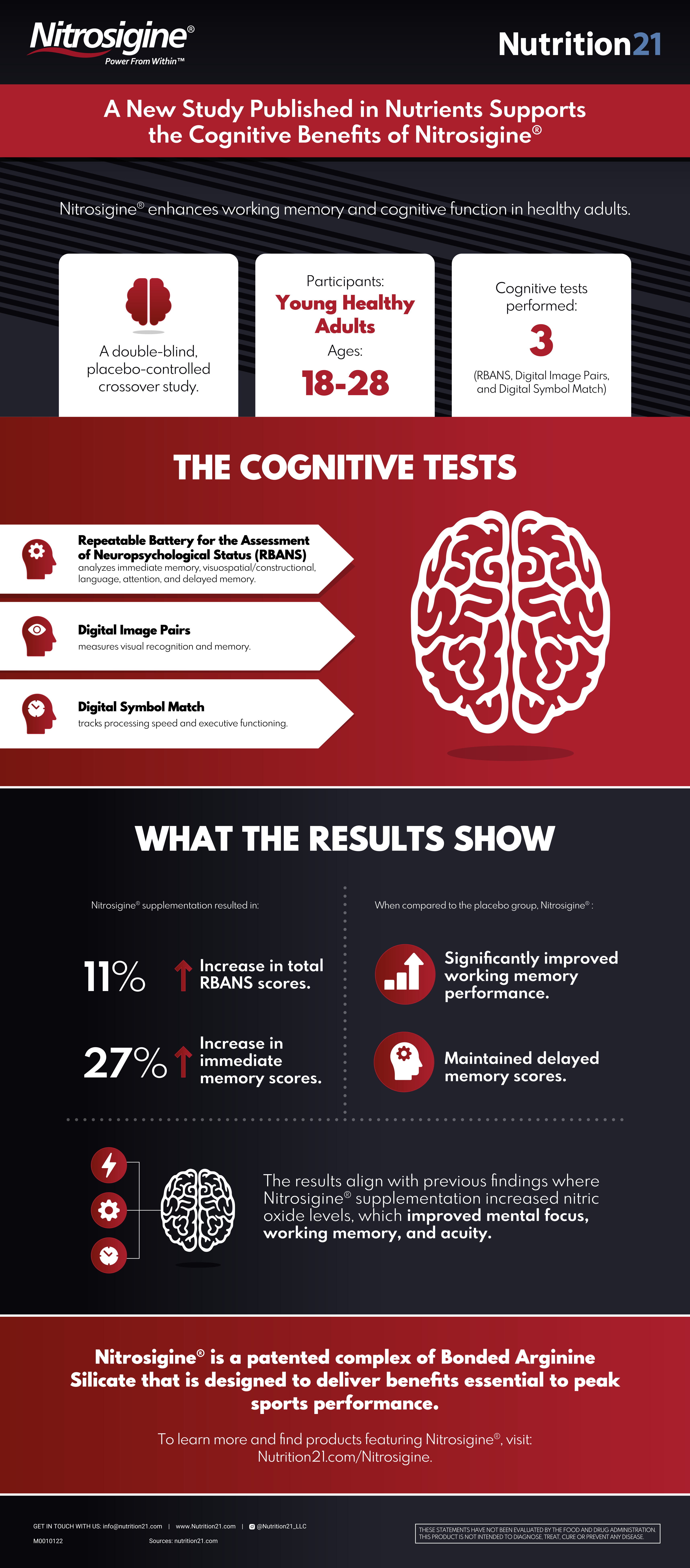

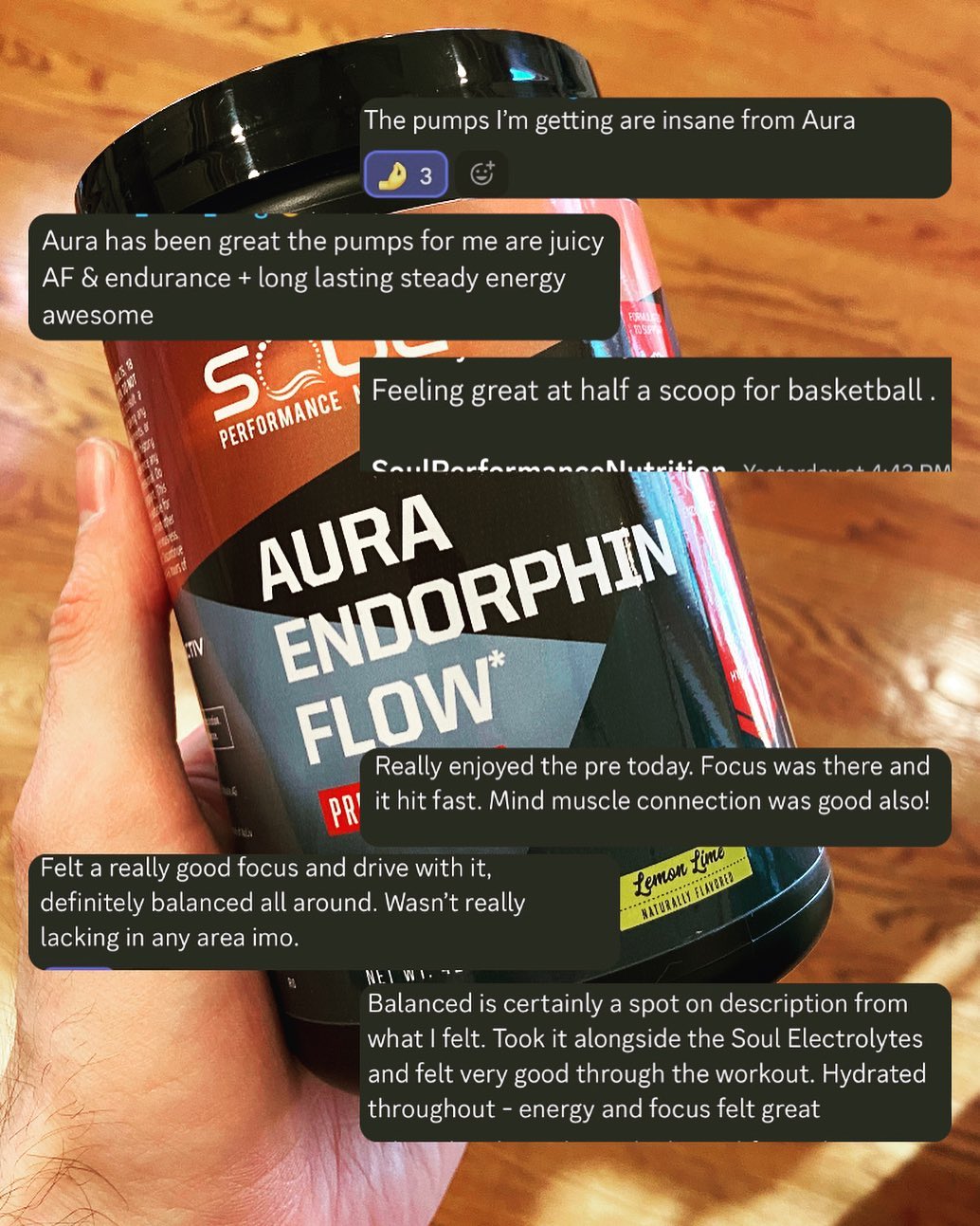

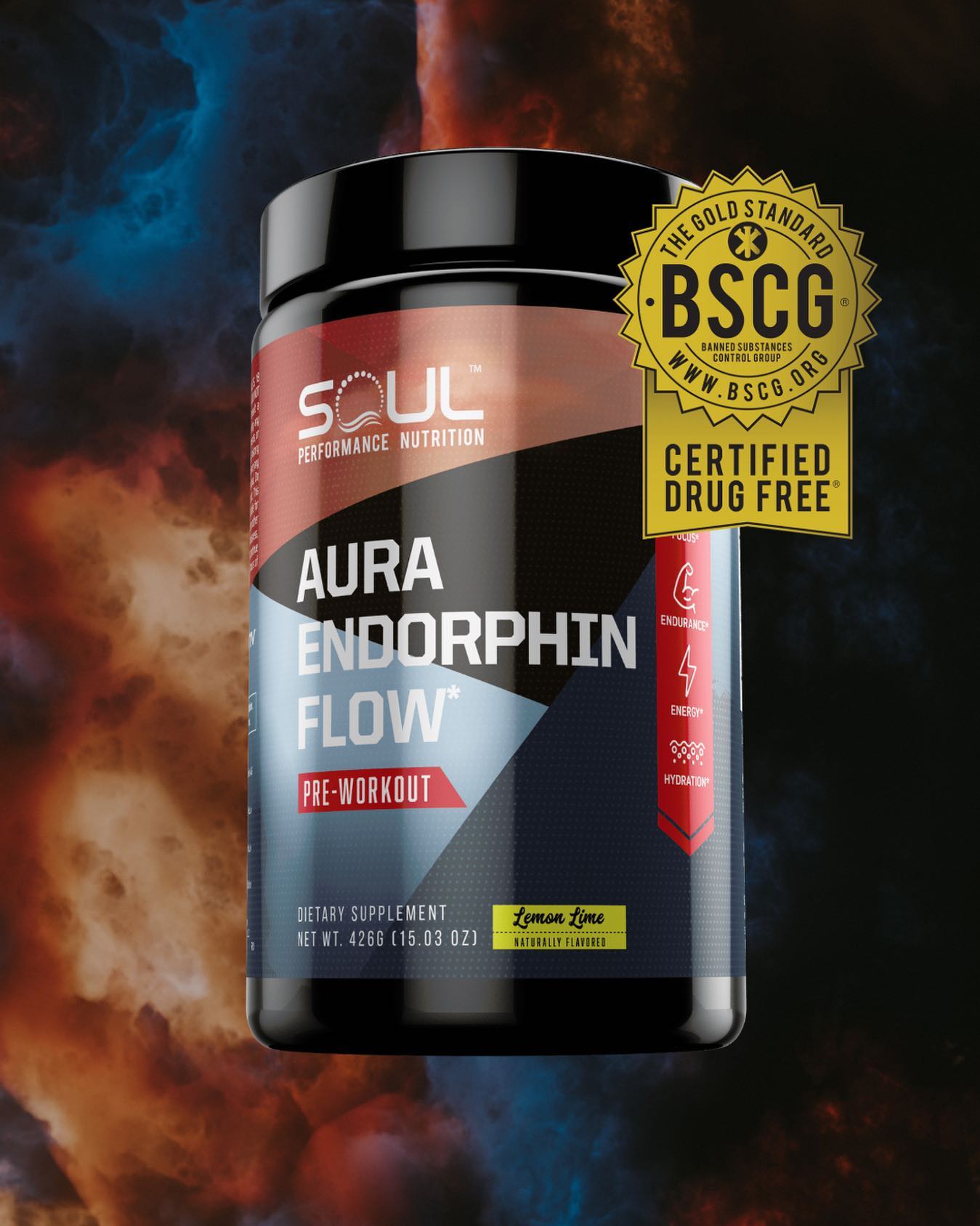

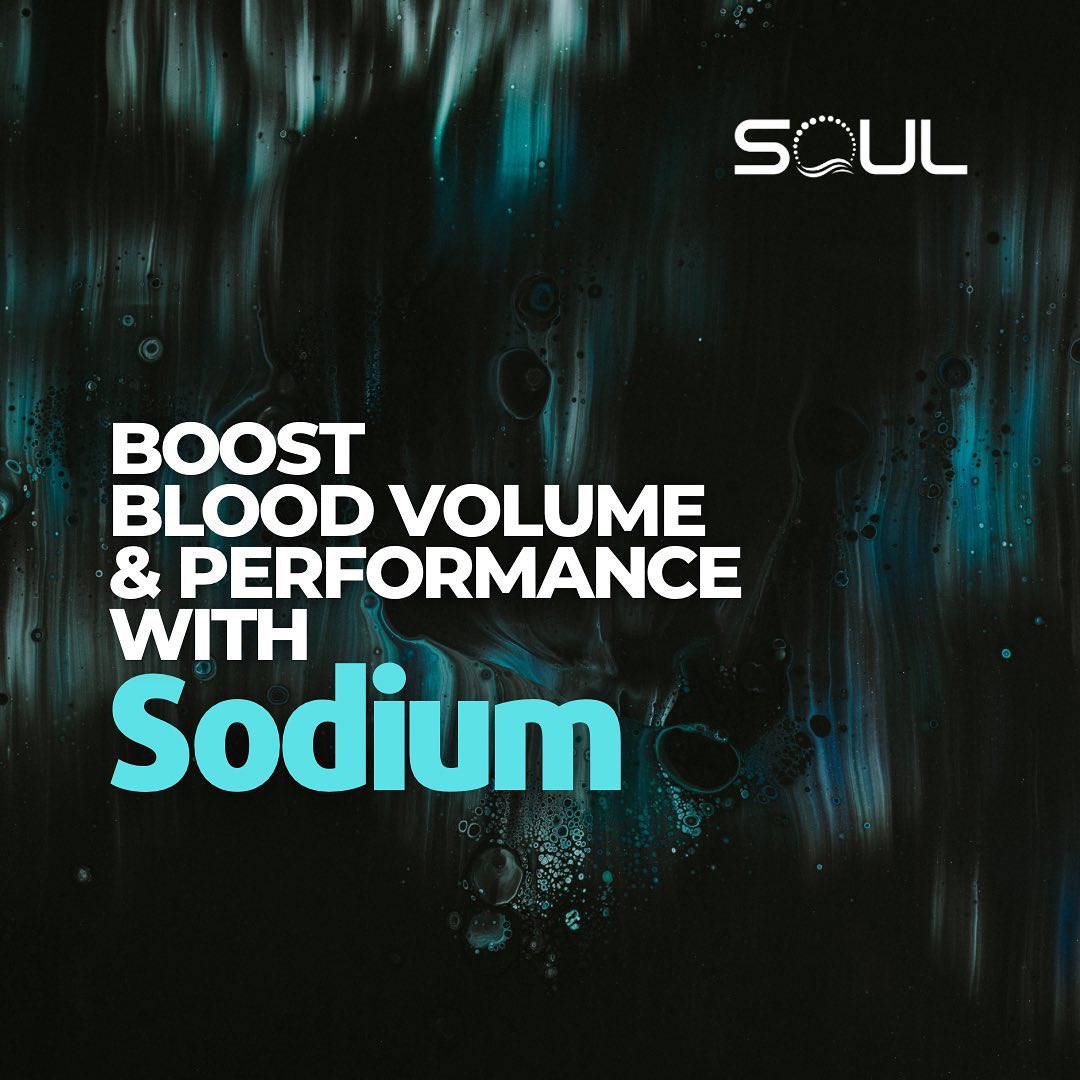
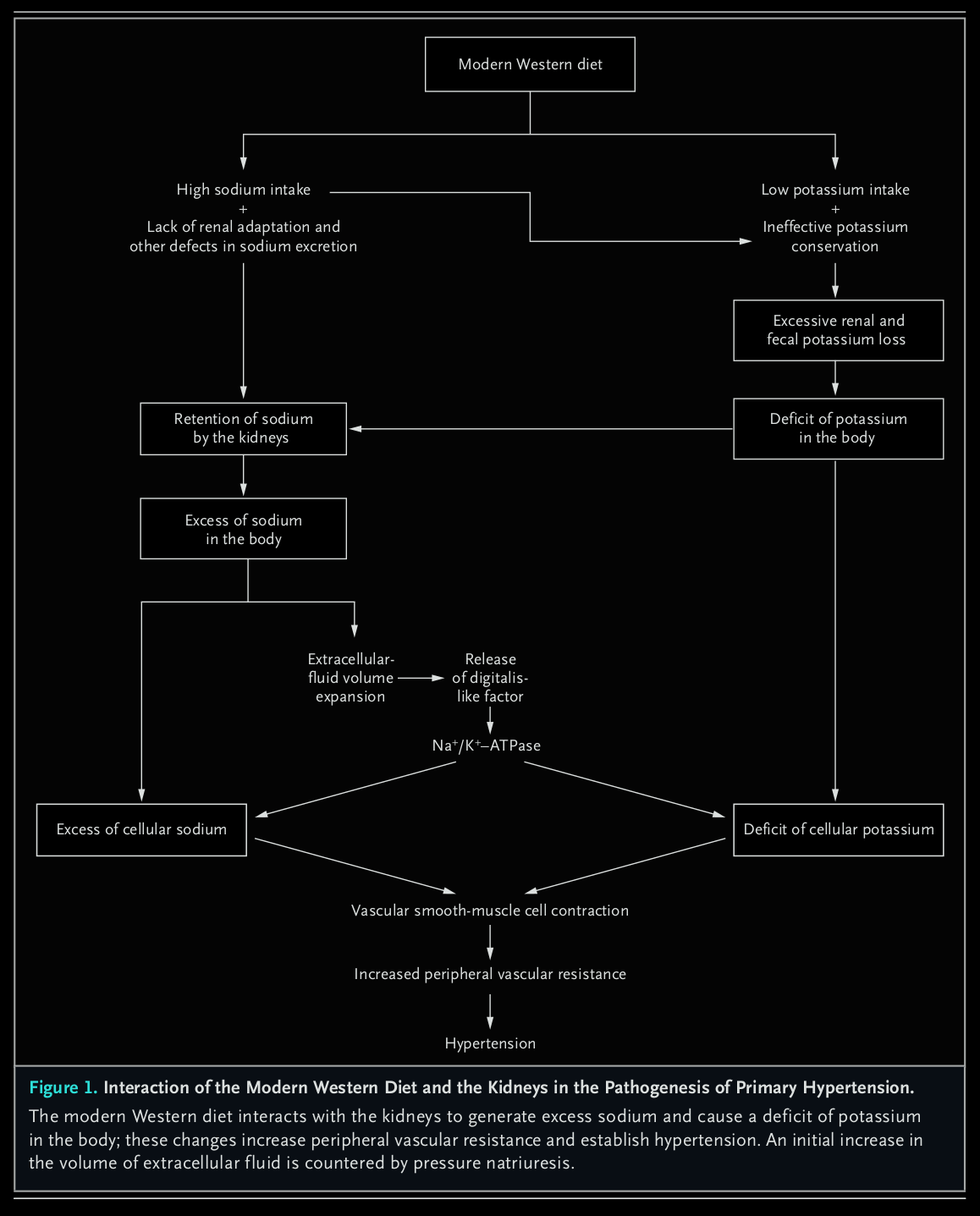
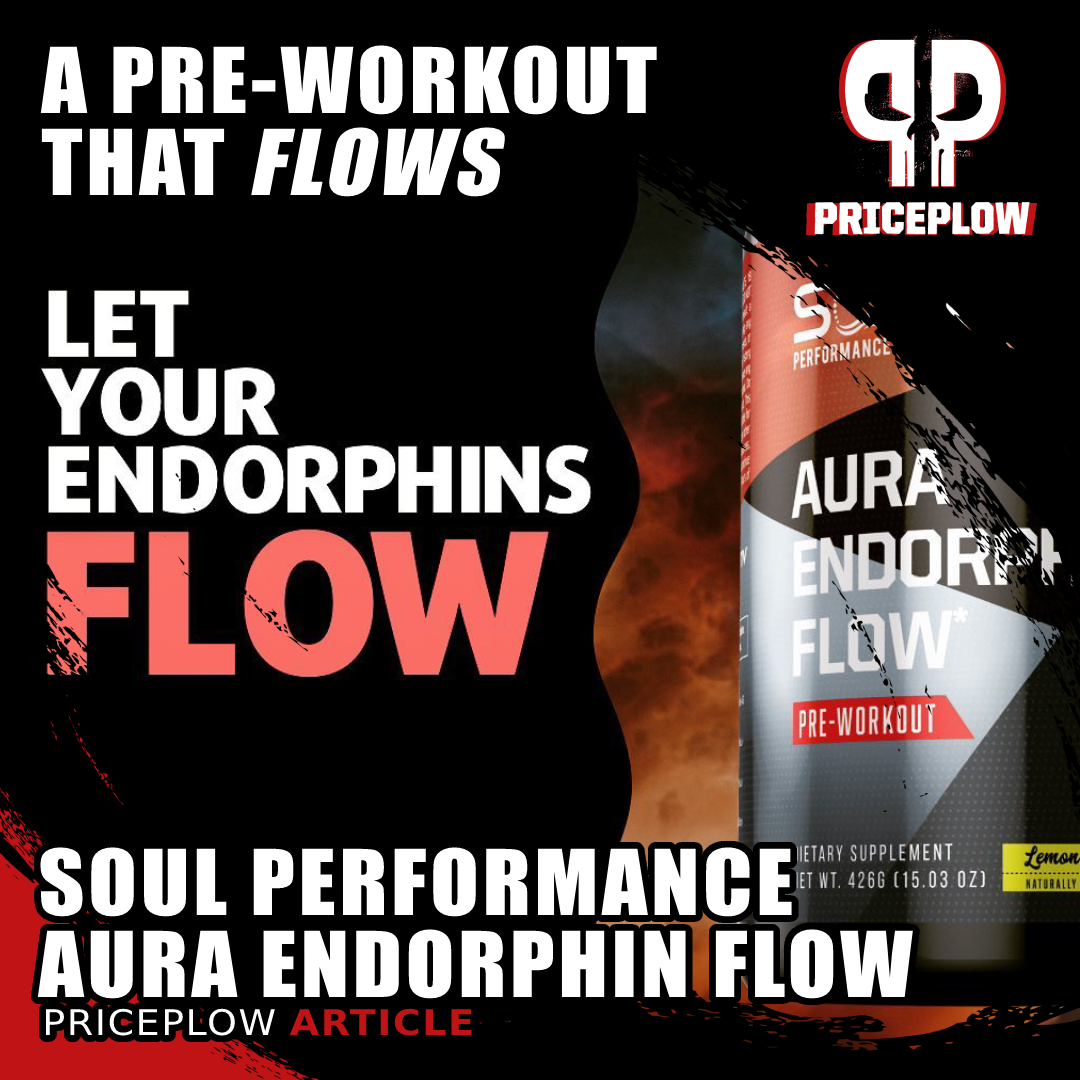
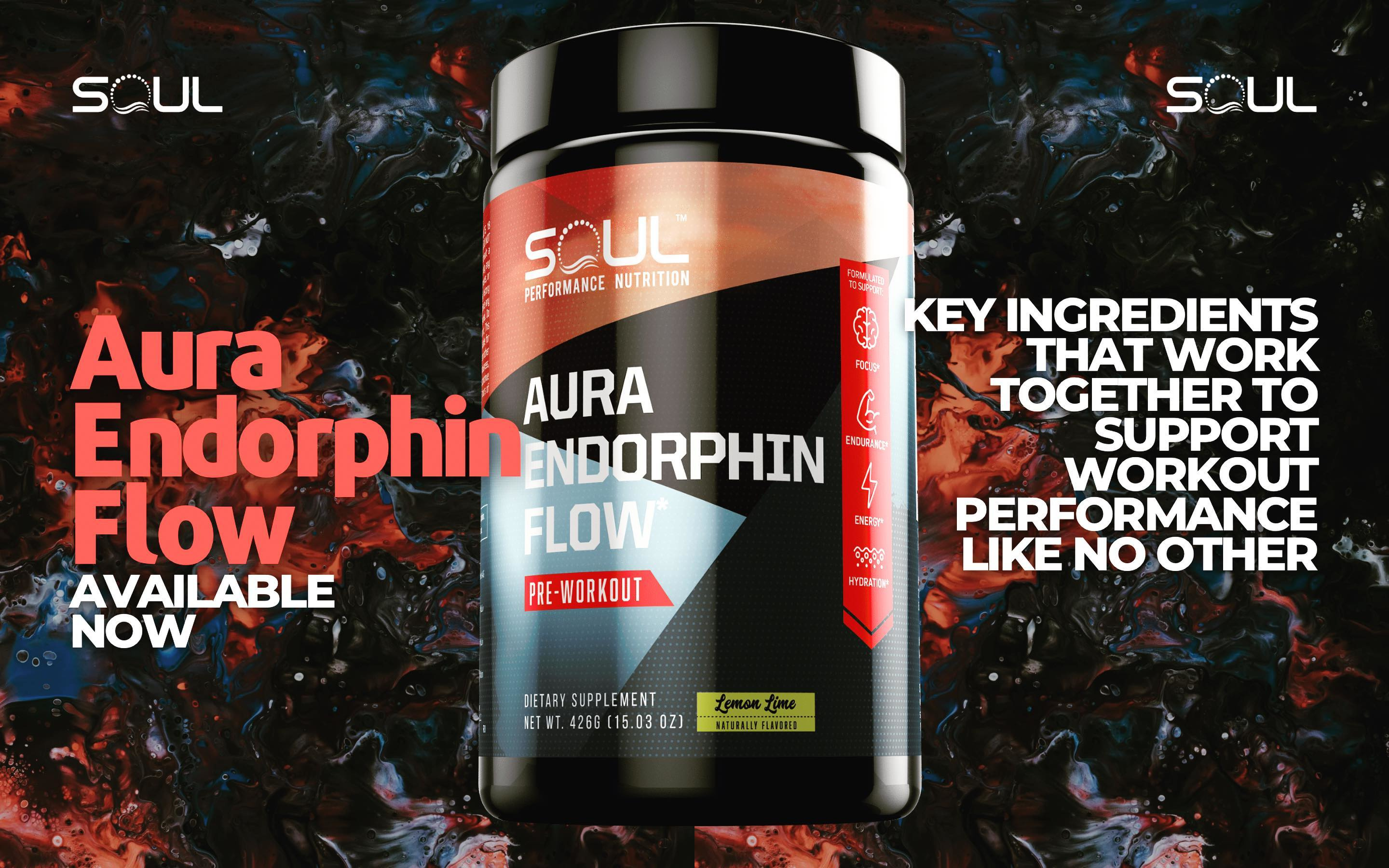


Comments and Discussion (Powered by the PricePlow Forum)